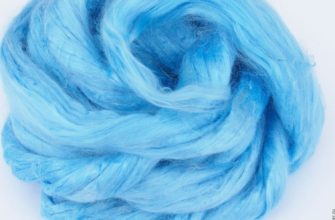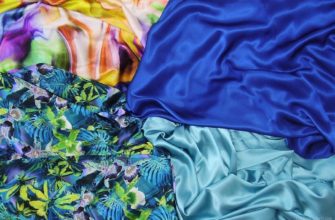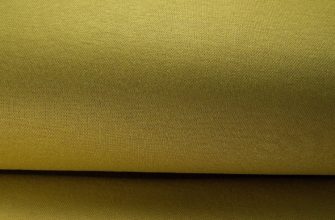The textile industry creates high-quality fabrics that have valuable and sometimes unique properties. This category includes polyviscose. This material combines the qualities of viscose and polyester. In this article, you can find out what polyviscose is, what its composition is, how to properly care for it, and where this material can be used.
- Polyviscose fabric: description and properties
- Polyviscose - what kind of fabric is it: natural or not
- 70% viscose, 30% polyester - what kind of fabric is it?
- Viscose 50%, polyester 50%
- Viscose 60%, polyester 40%
- 65% viscose, 35% polyester
- 80% polyester, 20% viscose
- Application for sewing workwear
- Properties and characteristics of the material
- Advantages and disadvantages
- Care tips
- Customer Reviews
Polyviscose fabric: description and properties
Many people, before buying clothes, ask themselves the question, polyviscose - what kind of fabric is it? It is a durable, warm, wear-resistant fabric that looks aesthetically pleasing and at the same time perfectly fits the figure. The material is used for sewing outerwear, trousers, suits, etc. Despite the fact that the market offers many things made from natural fibers, artificial fabric is still very popular due to its strength properties.

Suits, trousers, pajamas, skirts made of polyviscose never stretch and do not lose their original attractive appearance. Polyviscose is an artificial material that is elastic.
Polyviscose - what kind of fabric is it: natural or not
The main component of this material is cotton. To create the fabric, wood cellulose is crushed, that is, processed using caustic soda. The result is a mixture similar to an orange lumpy mass, from which threads are made by squeezing the solution using special forms with holes. Then these threads are put aside and dried for a certain time.
70% viscose, 30% polyester - what kind of fabric is it?
Many representatives of the fair sex notice that sometimes things of the same style sit differently. It is not a matter of individual features of the female figure, but in most cases the type of fabric used in sewing clothes has an impact. It has a fairly elastic structure.
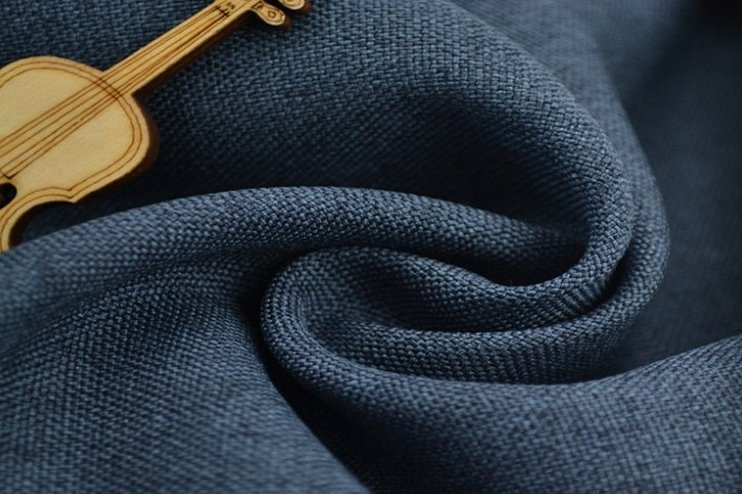
Thanks to synthetic high-quality polyester, excellent resistance to mechanical deformation is ensured. But viscose is a combination of natural cellulose fibers that help ensure good air permeability.
Important! This combination allows the clothes to retain their unique properties. The fabric is very easy to process, unlike silk.
Viscose 50%, polyester 50%
The most common composition of knitwear is viscose - 50%, elastane or Polyester - 50%. Clothes that are produced with this percentage ratio are distinguished by a smooth and matte surface. The production of such fabric is carried out using various technologies. The most popular is the interweaving of threads and fibers of different thickness. The result is an imitation of silk, wool, cotton or linen.
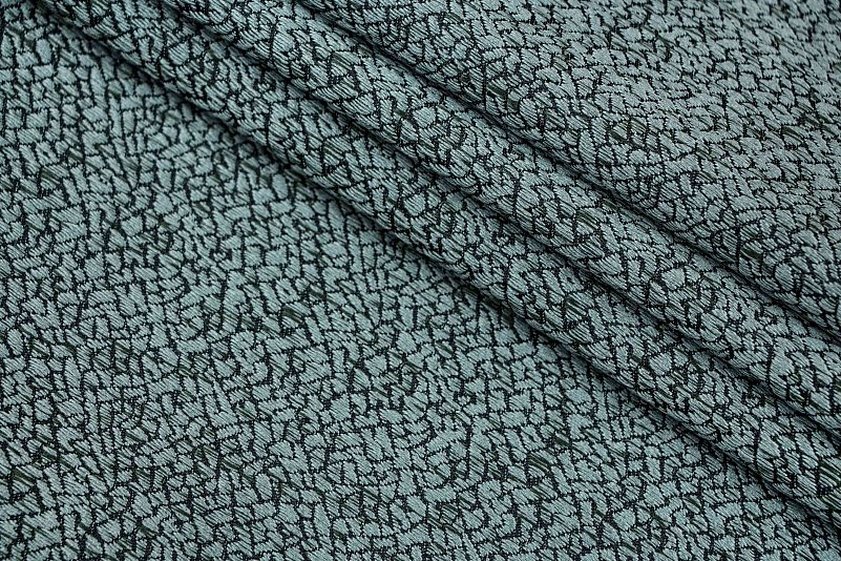
Please note! When washing, you need to select a delicate mode - 30-40 °C. This way, the products will not wrinkle and lose their attractive appearance.
Viscose 60%, polyester 40%
The ratio of 60% viscose and 40% polyester is characterized as a dense and elastic material. For example, French knitwear is soft. The perfect fit is achieved due to the structure, and due to the strength, the fabric will not roll off the shoulders.

65% viscose, 35% polyester
Many people wonder what kind of fabric polyviscon is and how it is processed. As a rule, it is made from cotton and wool yarn. Tartan is the name of a material with a ratio of 65% viscose and 35% polyester. This material is mainly used to make clothes with a large checkered pattern. The manufacturer adds a small amount of artificial and synthetic fibers.
80% polyester, 20% viscose
Viscose and polyester - what kind of fabric is this in such a percentage ratio? The material is a soft fabric that does not lose its attractive appearance over time, and most importantly - does not become electrified (since 5% is lycra).
Please note! It is recommended to dry such clothes away from heating devices.
Application for sewing workwear
Many manufacturers use artificial material, as it is much cheaper, is processed faster and does not cause unnecessary trouble. In the process of manufacturing workwear, polyviscose is most often used as a lining, so the output is dense products.
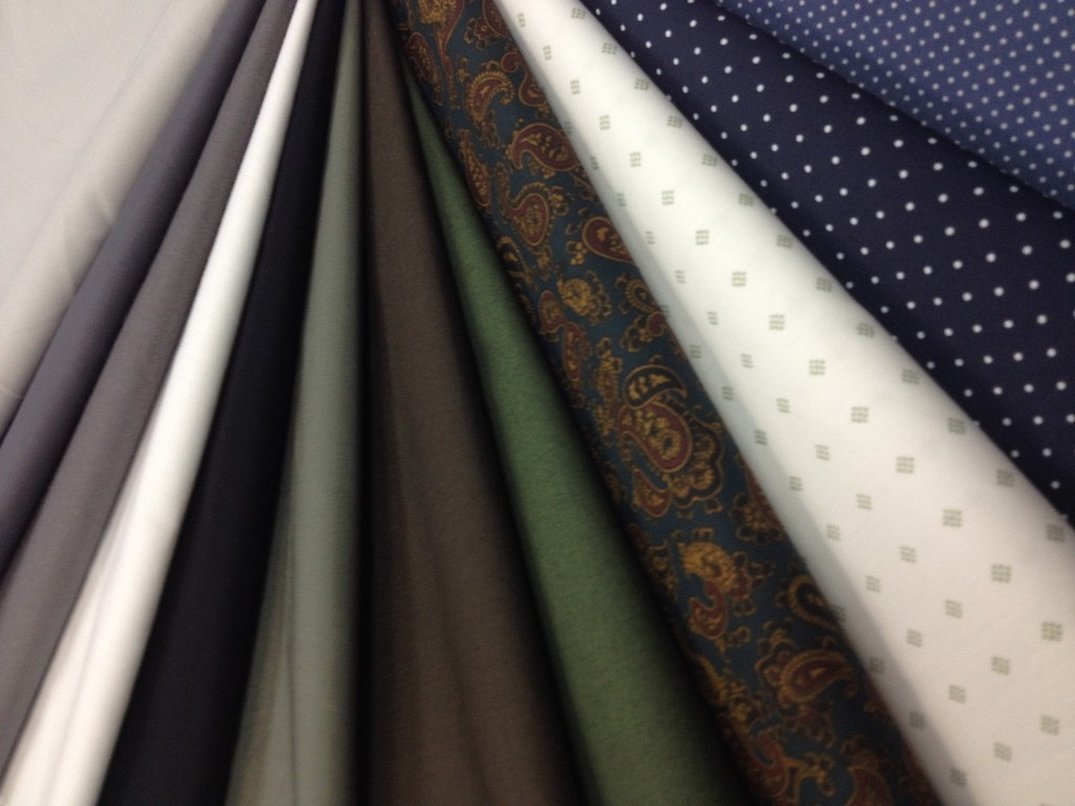
This material has its advantages:
- soft, light, warm, does not restrict movement;
- safe, does not cause allergies;
- does not become electrified;
- It's cheap.
This material is used to create:
- school uniform;
- women's blouses;
- dresses;
- trouser suits (polyester is added during production);
- carpets;
- table napkins.
Properties and characteristics of the material
In the production of polyviscose, various compositions are used. Most often, the percentage ratio is as follows: 70% - 30%. To give elasticity to the main two components, a third one is added - elastane.

Please note! The minimum percentage of viscose in the material is 23%.
Natural material perfectly absorbs moisture, it does not need to be dried for a long time. The material is quite pleasant to the touch. Its main properties are as follows:
- hygroscopicity;
- softness;
- elasticity;
- air permeability.
The main feature of the material is that it is resistant to abrasion.
Advantages and disadvantages
The advantages of the material include:
- good air permeability (the skin will breathe, there will be no irritation);
- high wear resistance;
- elasticity;
- elasticity;
- excellent absorption and evaporation of moisture (in just a few minutes);
- thermal conductivity.
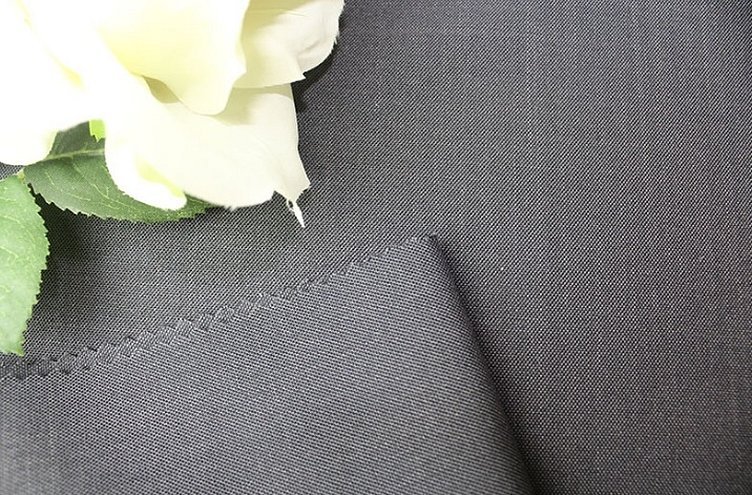
There are not so many disadvantages. The only negative is the delicacy of care. For example, hot steam treatment is not recommended, otherwise the clothes will lose their shape. External contamination can be removed by dry cleaning.
Care tips
When purchasing polyviscose products, you need to read the care instructions. This way, the clothes will last a long time. Before sending the clothes to the wash, it is better to turn them inside out. Multi-colored clothes should be soaked in advance before placing them in the washing machine. Dry the products away from heating devices.
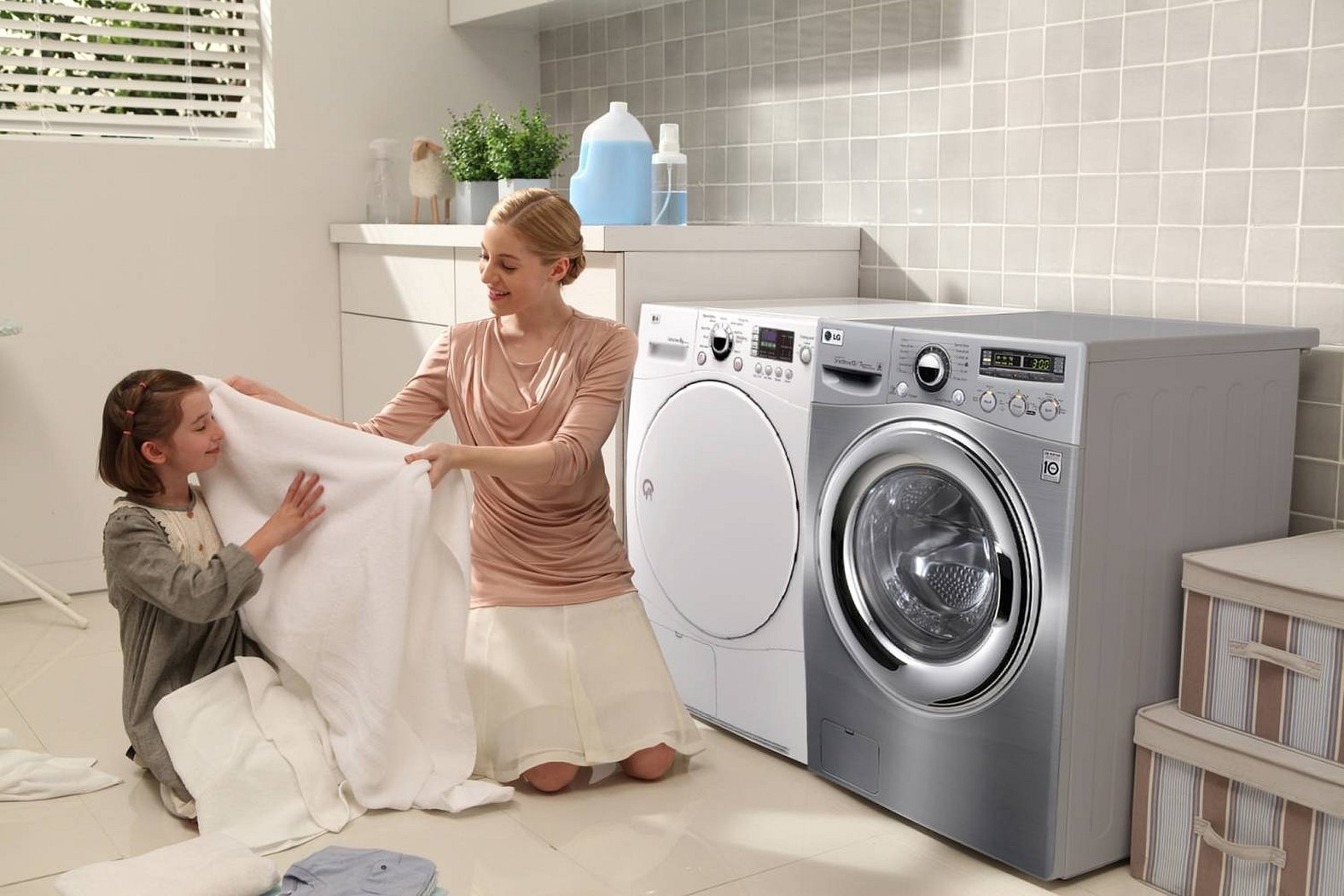
Important! Clothes made from this material should be washed separately.
Customer Reviews
Irina, 25: My daughter goes to school. We bought her clothes made of polyviscose, which never deforms after washing and does not lose color. After drying, I do not have to iron the school uniform.
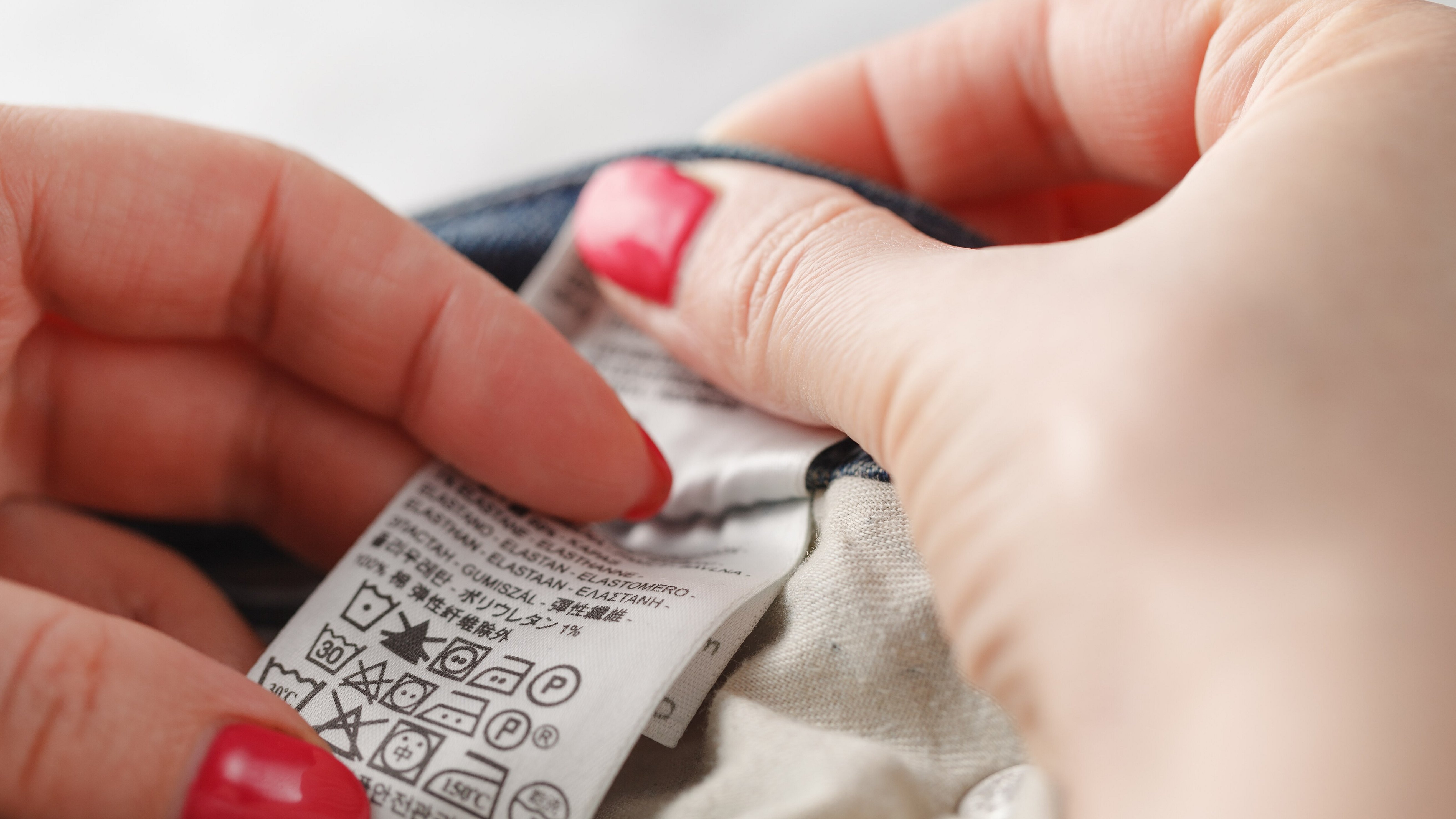
Valeria, 42: I often buy clothes made of artificial material. Suits and trousers look perfect. In summer they can be a bit hot.
Polyviscose is a unique material that is not suitable for everyone. When buying, it is worth evaluating its pros and cons, and also reading the opinions of people who claim that clothing made from this fabric requires special care. In any case, all items must be washed, dried, and ironed, but in the case of viscose, this must be done according to the rules described above.

